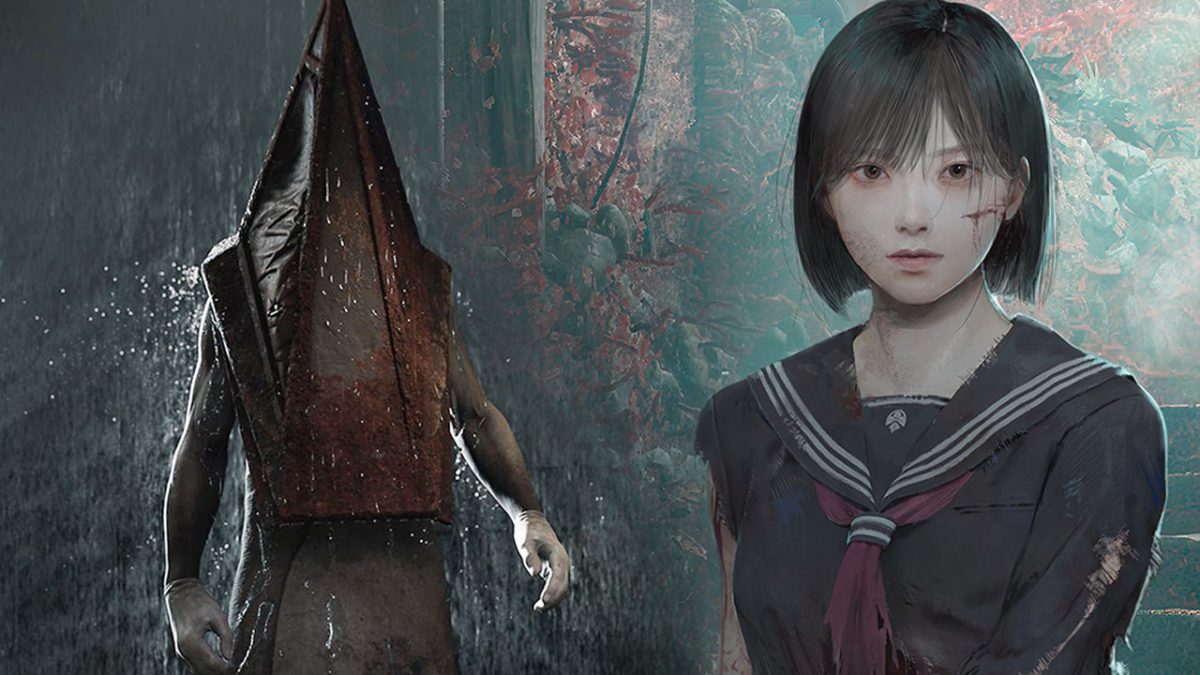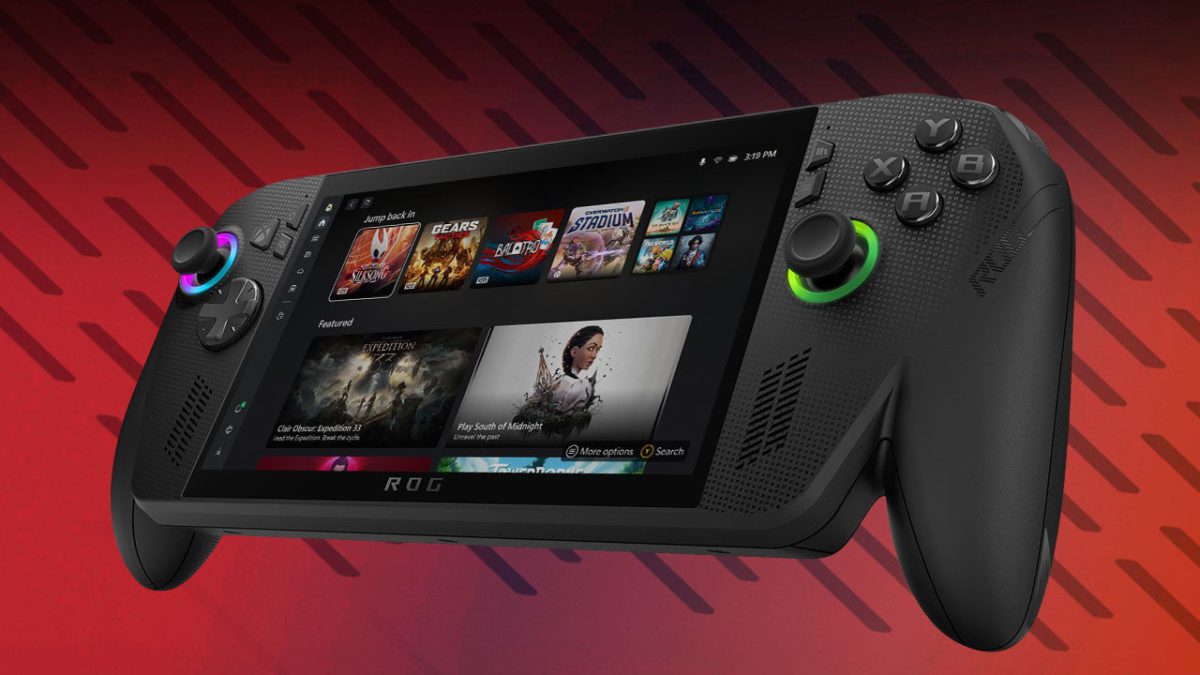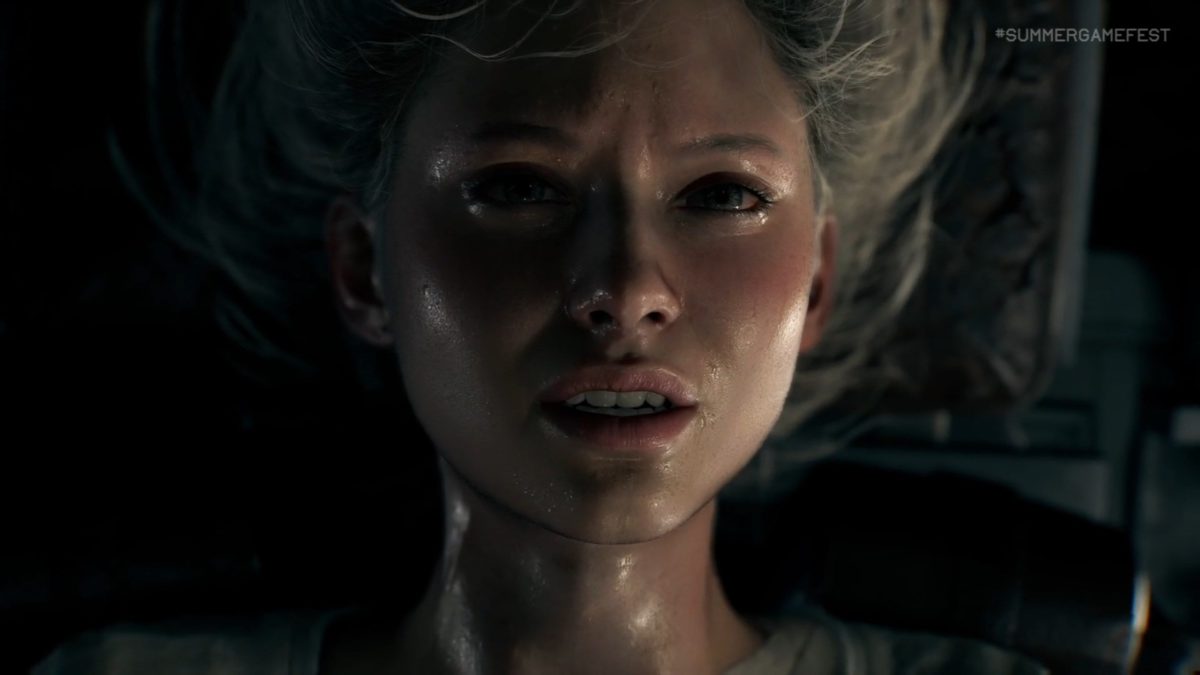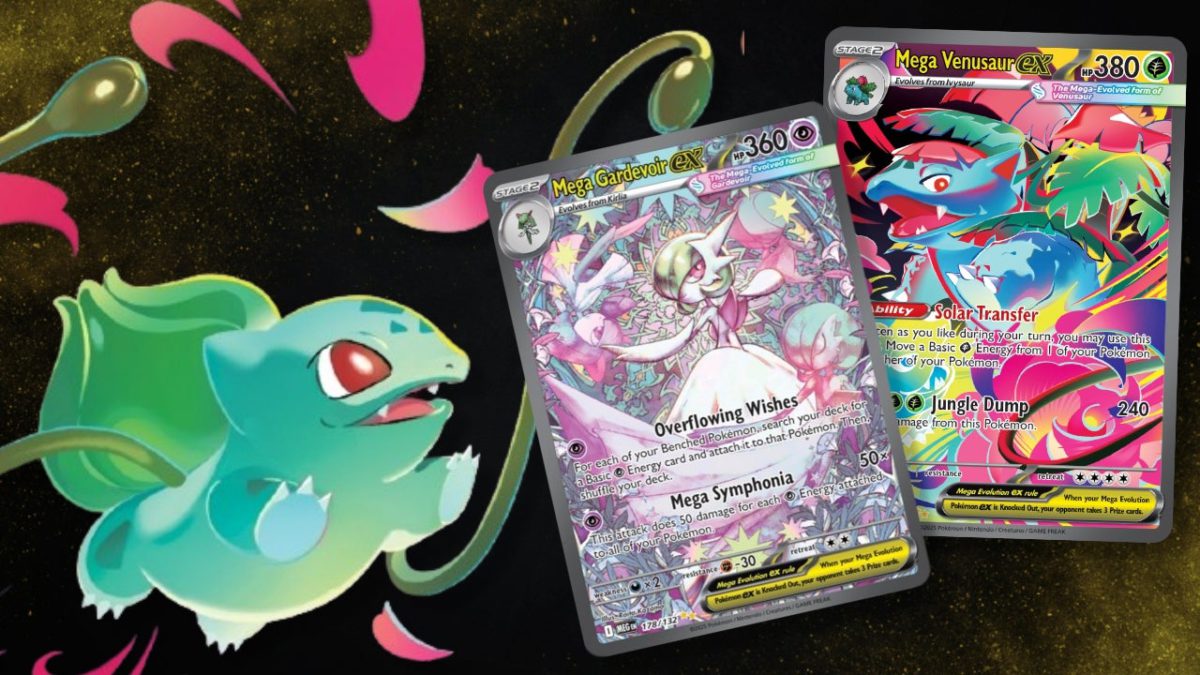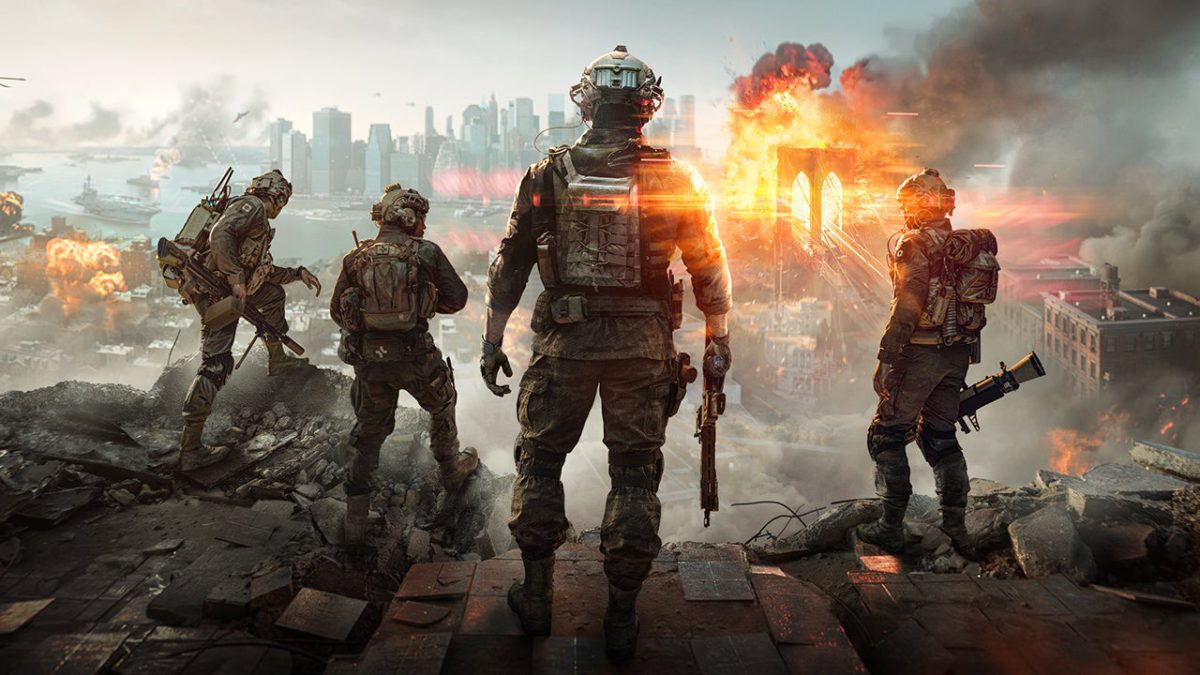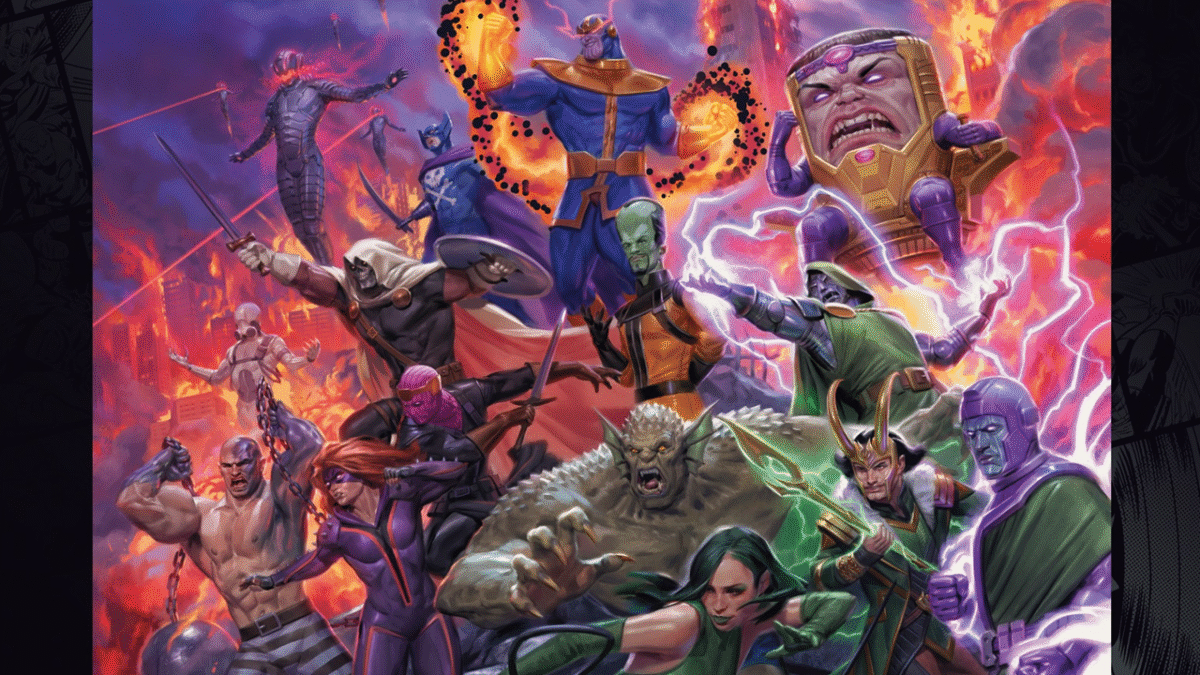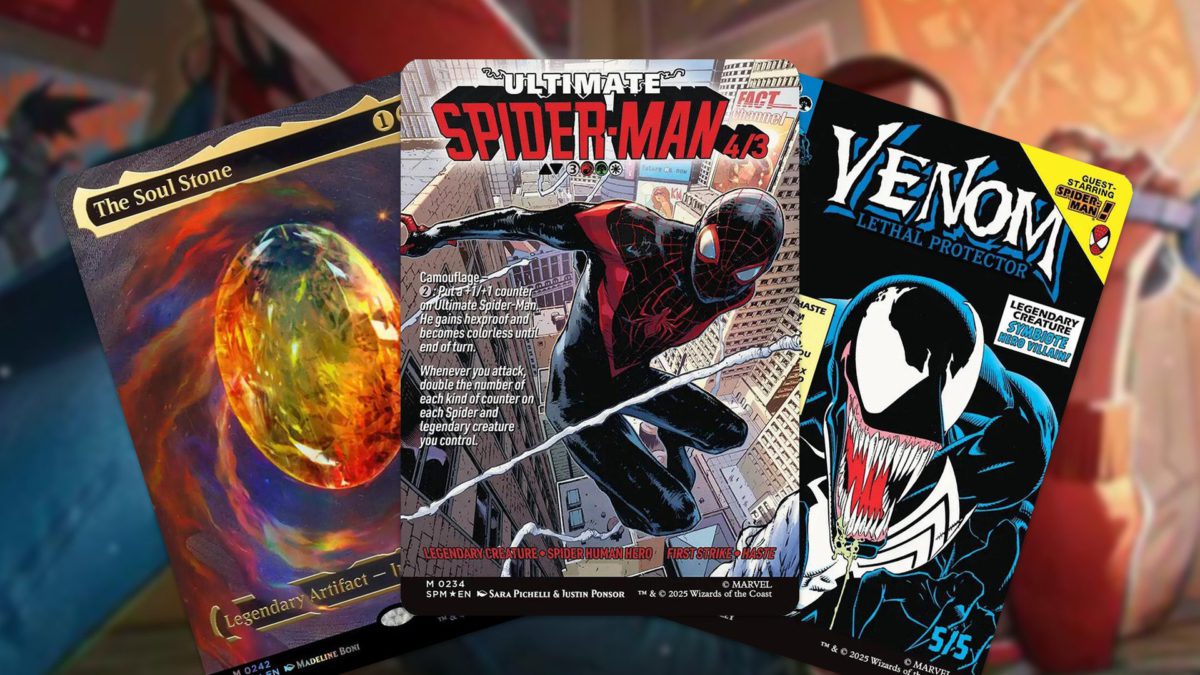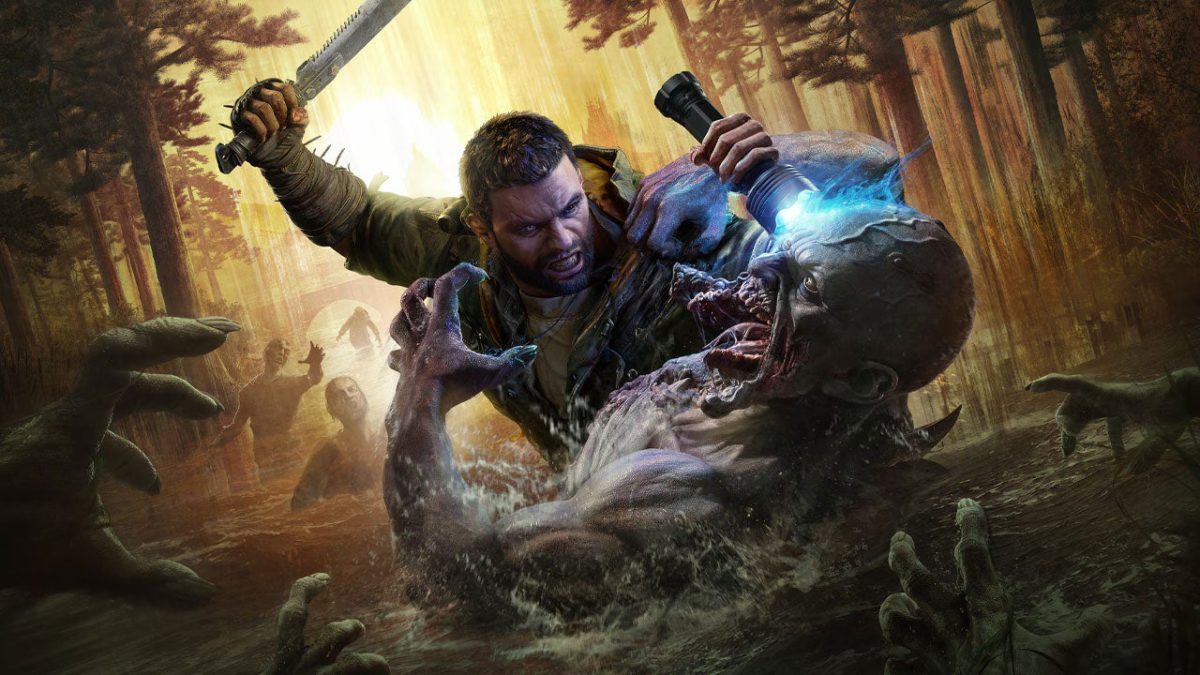
The Silent Hill series has been at the forefront of feel-bad survival horror storytelling for close to three decades now, and with the success of 2024’s Silent Hill 2 remake and the recent release of Silent Hill f, it felt like the right time to take a look back through Konami’s catalogue of psychological horrors to see how each scarefest stacks up.
Now, admittedly the series hasn’t been immune to the odd misstep here and there, and there have certainly been periods of time where things have gone more downhill than Silent Hill. Thus you won’t find the likes of forgettable mainline entries like Silent Hill: Homecoming and Silent Hill: Downpour here, or the inappropriately aggressive shoot ‘em up action of Silent Hill: The Arcade, or indeed the co-operative dungeon crawling of Silent Hill: Book of Memories that absolutely nobody asked for.
With all that in mind, here’s IGN’s picks for the very best entries in the Silent Hill series, from portable terrors to playable teasers.
9. Silent Hill: Origins
A Silent Hill adventure that can fit into your jeans pocket and still scare your pants off? That’s Silent Hill: Origins, the 2007 prequel originally developed for the PlayStation Portable and later ported to the PlayStation 2.
With its story taking place several years before that of the original Silent Hill, Silent Hill: Origins puts you into the shoes of Travis Grady, a truck driver who takes a wrong turn into North America’s freakiest fog-shrouded town, and things get appropriately hair-raising from there.
What makes Silent Hill: Origins stand out from other instalments in the series is how it handles the exploration of the sleepy small town’s nightmarish otherworld. Unlike most other Silent Hill games that drag you kicking and screaming towards the jagged edges of the industrial nightmare realm when you least expect it, Silent Hill: Origins gives you full control in determining when and where you want to shift between realities via the use of special mirrors scattered around the town.
On the one hand, this does diminish Silent Hill: Origins’ ability to surprise you with scares, but on the other hand it creates some uniquely creepy scenarios for puzzle-solving, such as examining the plastic organs of an anatomy mannequin in one reality, only to find that it’s an actual corpse in the other.
Combined with a dread-inducing atmosphere on par with the foreboding feel of the original game, Silent Hill: Origins on PSP made for some truly terrifying train trips.
8. Silent Hill 4: The Room
Although it sounds like some sort of bizarre crossover between the much-loved survival horror series and director Tommy Wiseau’s infamous best worst movie ever made, Silent Hill 4: The Room isn’t quite as wild a departure as that – although it does shake up the formula pretty significantly. Shifting the terror out of the foggy streets of Silent Hill and into the new setting of Ashfield – specifically the locked-down apartment of protagonist Henry Townshend – Silent Hill 4: The Room alternates between claustrophobic, first-person exploration of Townshend’s home and more traditional third-person combat in the nightmarish otherworlds he can reach by stepping through the ominous holes in his apartment walls.
These otherworlds serve as small pocket dimensions, each visually distinct and with its own story to tell, from the filthy, tiled circular hallways of the water prison to the abandoned hospital packed with a variety of disturbing dioramas. As the story progresses, the apartment you return to gradually evolves from safe haven to haunted house, as Townshend’s tracking of an undead serial killer gradually consumes his reality and the game’s skin-crawling atmosphere grows all the more oppressive.
While the sudden switch in the story’s second half to an annoyingly dragged out escort mission proved to be divisive amongst fans, there’s no question that its cast of genuinely disturbing creatures, haunting original soundtrack from Akira Yamaoka, and the uniqueness of its decaying apartment hub made for arguably one of the most spectacularly tense Silent Hill adventures in the entire canon.
Silent Hill 4: The Room would also mark the fourth and final instalment in the series to come from Japanese developer Team Silent. That team would then disband, with its members going on to work on various other horror games like Forbidden Siren and The Evil Within, and it also saw the development of subsequent Silent Hill games shift into the hands of western developers with fairly mixed results… We’re looking at you, Homecoming and Downpour.
7. Silent Hill: Shattered Memories
Not all of the western-made Silent Hills have been bad, though. The only entry in the series to ever make it onto the Nintendo Wii, Silent Hill: Shattered Memories from British developer Climax Studios reimagines the original Silent Hill and features the same premise: Harry Mason is the survivor of a car crash searching for his missing daughter in the fictional American town of Silent Hill. However, its plot unravels in an entirely new way and the gameplay is dramatically restructured, shifting between first-person psychotherapy sessions to the more typical over-the-shoulder explorations of Harry’s harrowing journey through Silent Hill.
Shattered Memories is a tricky instalment to rank in the Silent Hill series, because it’s so unlike any other entry to date. It completely ditches combat, instead forcing Harry to flee in regular chase sequences inspired by the unstoppable antagonists of slasher movies. It swaps out the fog of previous adventures for ice and falling snow to limit player visibility and build an atmosphere of dread in interesting new ways. It also makes quite brilliant use of the Wiimote, using its motion controls to give players full command over the beam of Harry’s flashlight, and its built-in speaker for the hiss of the series’ signature radio static among several other unsettling bits of sound design.
Shattered Memories also profiles the player while they play, taking the answers chosen during the psychotherapy sessions to make subsequent changes to level and enemy designs, as well as altering how the story progresses and eventually determining which of the multiple endings you will arrive at. While this mechanic is yet to resurface in subsequent Silent Hill stories, Supermassive Games’ Until Dawn seemingly took a great deal of inspiration from it given its similar mix of psychotherapy sessions and slasher-style horror.
Meanwhile, Shattered Memories’ writer/designer Sam Barlow (who also worked on Silent Hill: Origins) has since gone on to find considerable success as an independent developer with his critically acclaimed works of interactive fiction: Her Story, Telling Lies, and Immortality. All three involve solving a mystery by sifting through assortments of out-of-sequence video clips, which in a way are their own form of shattered memories.
6. Silent Hill f
It took 13 long years for a new mainline Silent Hill game to emerge from the fog, but Silent Hill f finally arrived in 2025 with a brand new Japanese setting, a twisted and compelling story that continues to unfold and satisfy in subsequent playthroughs, and a strict focus on melee-based combat to further distinguish itself from the more gun-centric assaults of the previous year’s Silent Hill 2 remake.
To be fair, the deliberately sluggish feel of Silent Hill f’s fighting system might not be to everyone’s taste. With its mix of light and heavy attacks, dodges and counters, and a reliance on the careful management of health, stamina, and sanity bars, its monster-mashing seems inspired by the slow and weighty combat of the Dark Souls series, though thankfully minus the punishing difficulty. Yet even though your controller might not be in any danger of being smashed to bits after repeatedly dying to the same boss, your lead pipe or crowbar certainly is due to the irritatingly brittle nature of Silent Hill f’s destructible weapons.
However, if you can embrace the clunky combat clashes – or simply force yourself to endure them – there are huge rewards for persevering because Silent Hill f’s story is simply one of the most captivating tales in the entire series. The psychological effects of high schooler Hinako Shimizu’s domestic abuse and bullying is truly gut-wrenching to examine, the monsters she encounters provide a full-fat dose of nightmare fuel, and the world around her is an absorbing place to pore over, whether it’s the misty streets of her mountainside village or the mysterious shrine realm she enters in her dreams.
You would think that a Silent Hill game that doesn’t actually feature the town of Silent Hill would be like a Resident Evil game without some sort of resident evil in it, but Silent Hill f successfully proves that you can take the series out of Smalltown, USA, but you can’t take the spinechilling psychological horror out of the Silent Hill game.
5. P.T.
While ultimately a proof of concept rather than a fully fledged Silent Hill game – the P.T. stands for Playable Teaser – this standalone slice of psychological torment got fans’ appetites whet for a Silent Hills game that sadly never saw the light of day. Quietly shadow-dropped as a free download on PlayStation 4 amidst a number of more headline-grabbing announcements at Gamescom 2014, P.T. quickly took social media and Reddit threads by storm as more than a million players discovered it and collectively set about unravelling its most enigmatic puzzles.
Set in a single, looping, L-shaped corridor inside a suburban family home, P.T. was capable of delivering scares in ways both micro and macro; subtly rearranging the decor to unsettle you in one loop, before ensuring you’d never sleep with the lights off again by surprising you with a murderous ghost named Lisa the moment you dared to look over your shoulder. Much like the apartment sections of Silent Hill 4: The Room, P.T. also broke from the Silent Hill series’ typical third-person perspective, presenting its horrors in a more claustrophobic first-person view that made them all the more immediate. It was compact, cryptic, and completely terrifying.
What further adds to P.T.’s mystique is that it’s extremely hard to actually play at this point. After the cancellation of Silent Hills and Kojima Productions’ seemingly acrimonious split with Konami in 2015, P.T. was removed from the PlayStation Store for good, making it impossible to reinstall even if it was attached to your PSN account. There are some questionable PC-based workarounds to regain access to it, but otherwise the only way to play P.T. today is by somehow tracking down a PlayStation 4 console with it already installed, or playing a fanmade remake such as the impressively faithful recreation in Media Molecule’s Dreams. Or perhaps by breaking into that same warehouse that the Ark of the Covenant was stashed in at the end of Raiders of the Lost Ark.
As for its legacy, though, P.T. has gone on to be one of the most influential horror games released in recent memory. Layers of Fear ran with P.T.’s looping environments to unsettle players exploring its artist’s mansion setting, while Resident Evil: Village terrified fans with the P.T.-esque tight hallways, combat-free puzzle-solving, and nightmare-inducing deformed fetus found in its House Beneviento section. That’s not to say anything of the countless P.T. pretenders that continue to flood Steam to this day. Not bad for a playable teaser for a Silent Hill game that never was.
4. Silent Hill 3
The storytelling brilliance of Silent Hill 2 made it a hard act to follow – and we’ll get to exactly why in a moment – but Silent Hill 3 distanced itself slightly from its landmark predecessor by positioning itself as a direct sequel to the original Silent Hill instead. The third game in the Silent Hill saga digs into compelling new details about the doomsday cult from the original game, as well as introducing an almost entirely new line-up of nightmarish creatures, brought to bowel-loosening life by visuals that pushed the PlayStation 2 hardware to its limits.
Its biggest departure from its two predecessors, though, is the fact that its protagonist is a plucky teenage girl instead of a miserable, 30-something year old man. Heather, who’s surname we’ll keep vague for story spoiler reasons, came as a breath of fresh air through the fog and proved to be one of the best written and most relatable leads in the series’ history. Not to mention that up until the release of Silent Hill f, she was the only playable female lead in the mainline entries (unless you count Maria in the Director’s Cut of Silent Hill 2).
Upon its release, Silent Hill 3 was criticised for lacking gameplay innovation and being a bit too similar to the first two games, but given the string of subpar Silent Hill games released in the aftermath of Silent Hill 4: The Room, perhaps in retrospect staying true to the look and feel of the two most respected entries in the Silent Hill series wasn’t such a bad thing.
3. Silent Hill 2 Remake
Unlike Shattered Memories which completely overhauled the structure and dramatically altered the plot of the original Silent Hill, the 2024 remake of Silent Hill 2 preserves the story, characters, and vibe of the PlayStation 2 original, but updates it all for modern audiences with superb visuals, anxiety-inducing audio design, and controls that allow for far more fluid player movement and inventory juggling.
Developer Bloober Team wasn’t exactly new to the horror genre nor the process of remaking of horror games, having previously both made and remade its own spooky stories in the form of Layers of Fear and Observer. This experience evidently served the team well since the Silent Hill 2 remake is by far and away its biggest triumph to date, dramatically enhancing the unsettling and claustrophobic atmosphere of the original, and expanding the small town setting to make it utterly absorbing to pore over for returning fans.
Crucially, almost every modernisation made here has resulted in Silent Hill 2’s overwhelmingly shuddersome setting seeming all the more immersive and alarming. The volumetric fog feels thicker and more oppressive than ever. The new level of detail applied to the dwellings you shuffle through make them seem infinitely more dank and depressing, if not completely disgusting at times. The use of light is particularly brilliant, and being forced to explore every inch of the Toluca Prison area in limited bursts of illumination thanks to failing circuit breakers makes for one of the most frantic and frightening sequences the series has ever seen. Or indeed, not seen, since so many of its horrors are quickly plunged into blackness.
Add in some superior voice acting and a terrifying soundscape from Akira Yamaoka that will have you doubting your own sanity, and there’s no question that the Silent Hill 2 remake is the best way to visit – or revisit – one of the most dread-inducing destinations in the history of survival horror.
2. Silent Hill
Take a splash of Stephen King, a dash of David Lynch, a flash of Francis Bacon, and filter it all through the Japanese cultural lens of developer Team Silent, and you have the twisted and truly terrifying journey through the original Silent Hill. Stepping away from the typically campy, B-movie style popular in ‘90s survival horror, Silent Hill plunged you into previously unseen depths of psychological torment, putting the emphasis on properly disturbing atmosphere in favour of cheap jump scares, and establishing the tone for a series that, at its best, is somehow incredibly uncomfortable yet utterly enthralling.
Unlike prior survival horror games like Resident Evil and Parasite Eve that relied on pre-rendered backgrounds, Silent Hill bucked the trend by putting you into an environment rendered entirely in 3D. Remarkably, this meant that the series’ signature darkness and oppressive fog were actually borne out of a need to mask the meagre draw distance and ugly graphical pop-ins that plagued the original PlayStation, turning the system’s hardware limitations into a powerful tool for terror that has remained a constant in the series to date.
From your first steps as Harry Mason entering the eerie small town searching for his lost daughter, Silent Hill assaults you from all sides with its genuinely unsettling nothingness, and the fear of not knowing what’s waiting for you in the fog is arguably more petrifying than the actual beasts that lie in wait. This unending sense of unease was only intensified further by ingenious atmospheric flourishes, like the screeching static from Harry’s radio that hissed with more urgency as you arrived in the vicinity of some unseen mess of pissed-off polygons.
Silent Hill ushered in a chilling new standard for slow-burn survival horror, and its influence can still be felt decades later in the likes of The Medium and Alan Wake 2. Yet it only took Team Silent a couple of years to drag players into new depths of depravity and despair…
1. Silent Hill 2
The original Silent Hill may have established the series’ combination of overwhelmingly bleak atmosphere and disturbing adult themes, but 2001’s Silent Hill 2 perfected it. A thoroughly absorbing and emotionally-draining examination of grief and guilt, Silent Hill 2 put us into the role of the recently widowed James Sunderland and set us on a tortured tour through his own private hell, one crawling with awful apparitions that symbolised his increasingly decaying mental state and the suffering of the people around him.
Whereas the original Silent Hill focused primarily on the corrupt religious practices of a local cult and how it permanently altered the town’s reality, Silent Hill 2 deals with themes that were more nuanced and extremely taboo at the time, at least in the world of gaming. Sexual abuse, suicide, and self-harm are all explored as Sunderland encounters other survivors trapped within the foggy lakeside town, with each form of trauma made all the more confronting by the twisted creatures they manifest as. 2001’s Grand Theft Auto 3 might be widely regarded as the first proper video game for grown ups, but Silent Hill 2 arguably beat Rockstar’s opus to the punch just one month prior.
Silent Hill 2 also introduced one of the most iconic antagonists in the series’ history, if not survival horror in general. There are few enemies as shit-your-pants scary as Pyramid Head, an intimidating and unstoppable tormenter who stalks Sunderland at several stages through the story, and who also does unspeakable things to mannequins. Ominously dragging one half of a giant pair of scissors and with an angular skull so rusty you need a tetanus shot just from looking at it, this pointy-headed predator’s potency was diluted somewhat by subsequent appearances in weaker instalments such as Silent Hill: Homecoming and Silent Hill: Book of Memories, but his importance to Silent Hill 2’s sustained sense of dread cannot be understated.
From its tragic story to its provocative symbolism and no shortage of genuine scares, Silent Hill 2 remains the bone-chilling benchmark for the series, and is therefore the obvious choice for the number one slot on this list.
And there we have it: the nine best games in the Silent Hill series. Did your favourite make our list? Let us know what we forgot in the comments.
Tristan Ogilvie is a video producer on the IGN reviews team, based in Sydney, Australia. He has over 18 years of experience covering video games. When he doesn’t have a controller in his hand, Tristan is happiest playing guitar, taking photos, or watching cricket.

